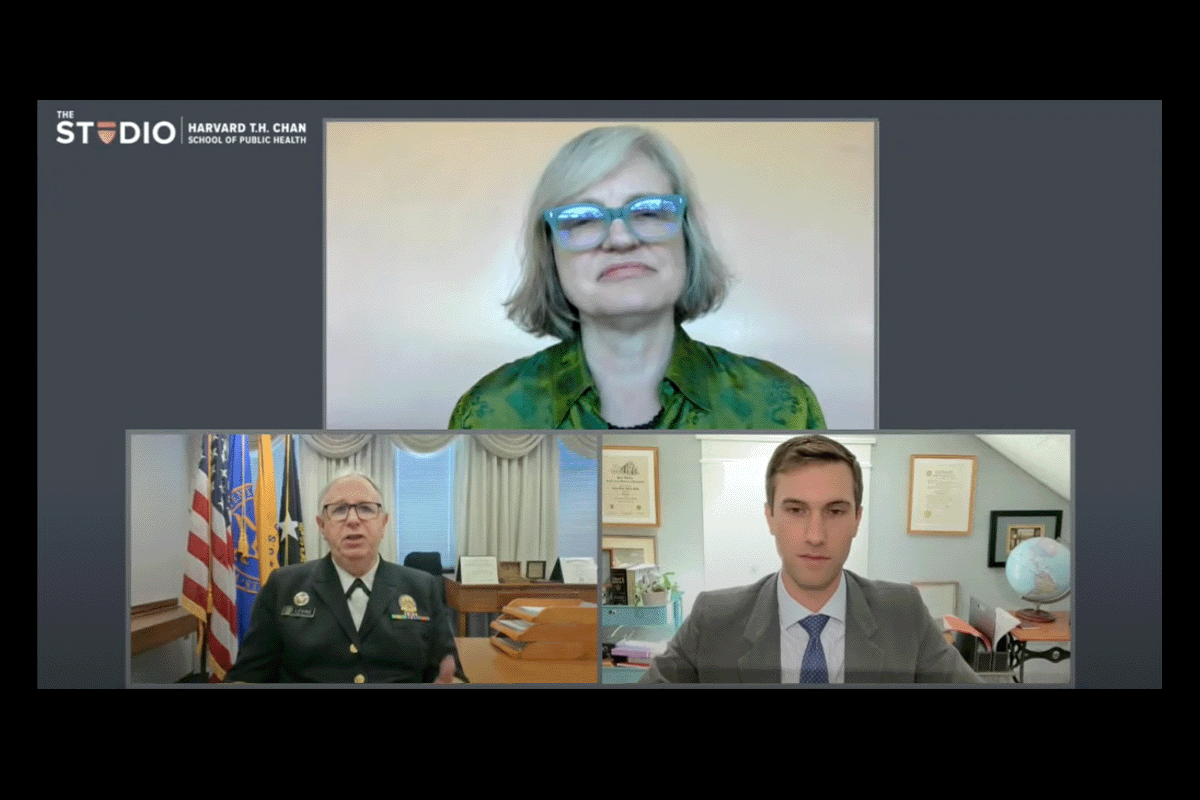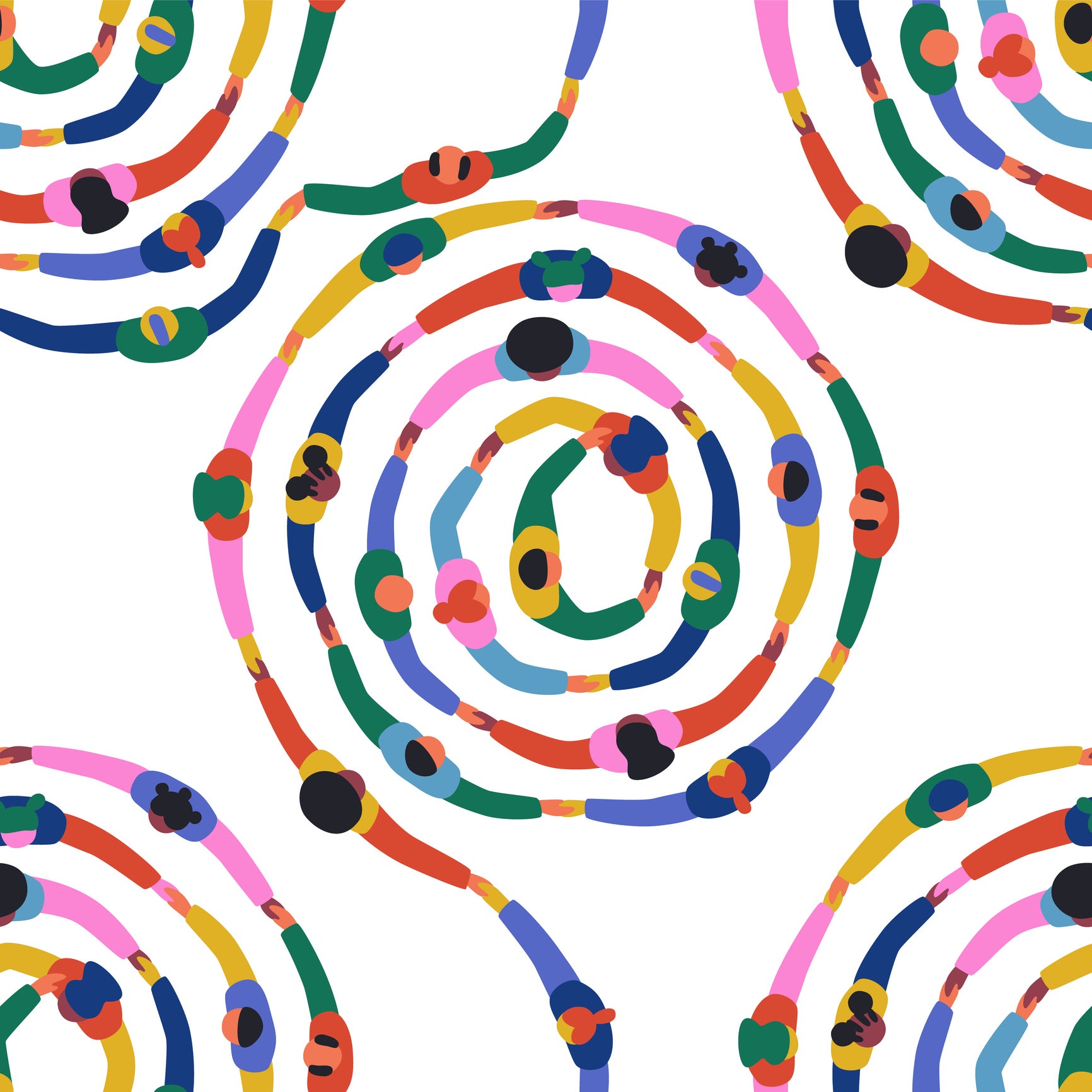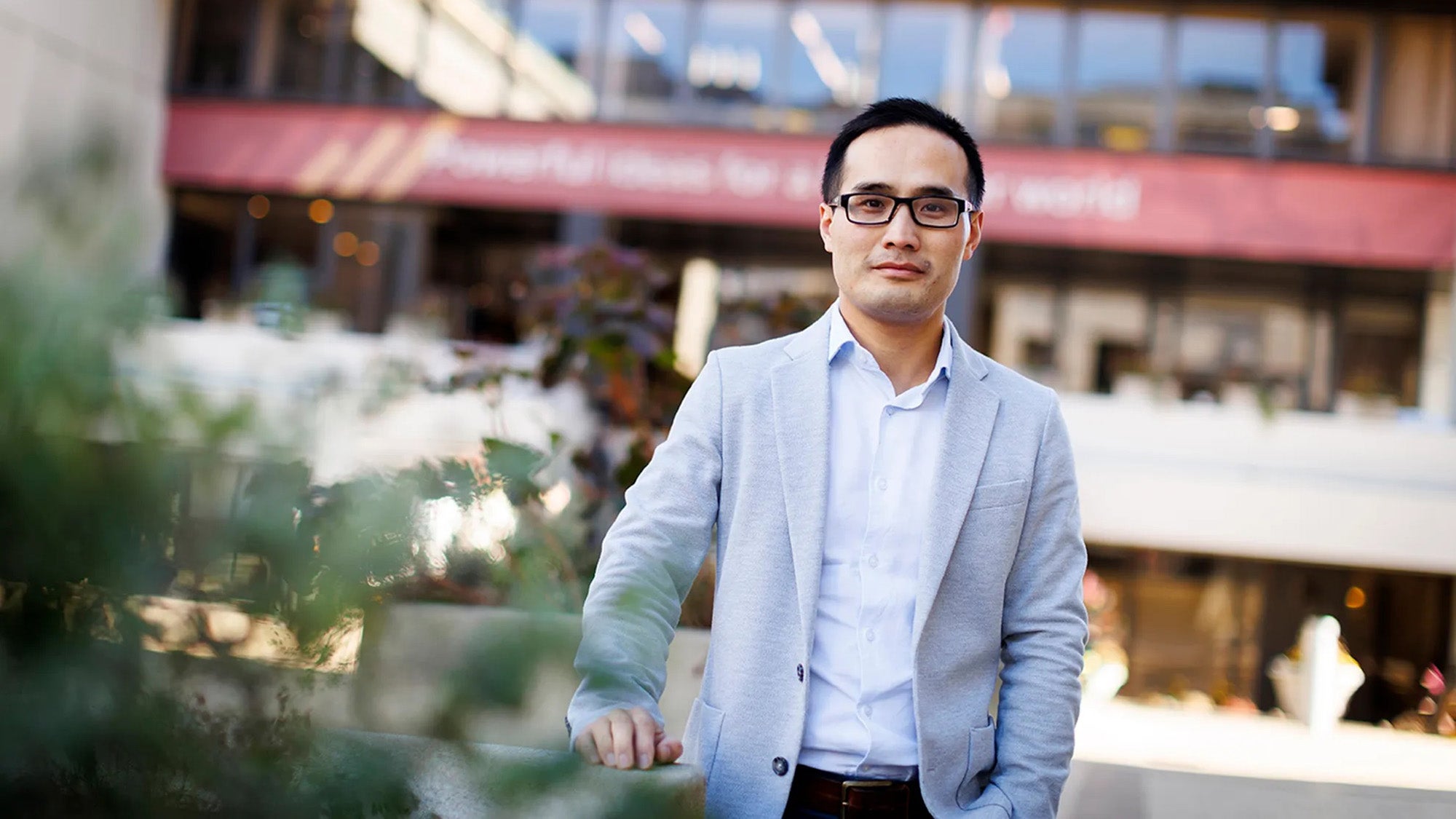Confronting the challenges of long COVID

September 29, 2022 – When Jessica Lovett developed long COVID, her fatigue was so severe that she could not move her body.
“I was a first-time mom, and I had a two-year-old son,” she said. “I wanted to be able to pick him up, but I couldn’t even stand up.”
Lovett and several other patients shared their experiences in a video that opened a September 23 virtual event about long COVID at Harvard T.H. Chan School of Public Health. During the discussion, experts highlighted the wide-ranging impacts of long COVID, as well as current research strategies for advancing treatments and diagnosis.
Around 23 million people in the U.S.—representing 20 percent of COVID-19 patients—are living with long COVID, which is characterized by symptoms that continue after the initial viral infection for several weeks or more. Because long COVID is such a new phenomenon, doctors and researchers are only beginning to understand it.
“Long COVID is not just one thing—it’s not just one condition,” said Admiral Rachel Levine, the assistant secretary for health at the U.S. Department of Health and Human Services. “It represents many potentially overlapping entities, with potentially different biological causes and different sets of risk factors and outcomes. It truly is a multifaceted disease that can affect nearly every organ system in the body.”
So far, long COVID has been associated with more than 50 conditions and 200 symptoms, Levine said. According to Jason Maley, who leads the Critical Illness and COVID-19 Survivorship Program at Beth Israel Deaconess Medical Center in Boston, one particularly common symptom is fatigue, both physical and mental. A patient’s heart might start to race just from walking around their home. They might read a paragraph without understanding it or have trouble finding words during everyday conversations—an experience known as brain fog.
The debilitating symptoms of long COVID affect many aspects of patients’ lives. An estimated 4 million people are unable to work, which translates to $200 billion per year in lost wages, or 1 percent of the country’s gross domestic product, according to event moderator Carol Hills, a senior producer and host for The World. Moreover, patients are limited in their personal lives.
“We’re seeing many young people affected by this, including people in college, people with young families—parents who have trouble just participating in life with their kids because they’re having to go tell them, ‘I need to go lie down,’” said Maley. “The personal joy of life being taken away … is what I see people impacted by most.”
Doctors have been able to help some patients with aspects of their fatigue, learning from centuries of patients who have developed similar symptoms after viral infections. One specific condition, myalgic encephalomyelitis/chronic fatigue syndrome (ME/CFS), has been studied long before the pandemic. In ME/CFS, sleep is no longer restorative, so some treatments try to help patients get to sleep or deepen sleep phases. Additionally, some stimulant drugs can help patients gain more energy during the day.
However, more research into long COVID’s biology is needed to better understand and treat it. “Is long COVID due to persistence of the virus that the body hasn’t been able to get rid of? Or is it … a post-infectious process involving the immune system and inflammation?” said Levine. “Different treatments would target different parts of the body.”
In addition to shedding light on possible treatments, research could help improve the diagnosis of long COVID. Currently, there is no straightforward biological test, leading to challenges in establishing a patient’s situation. “It really takes, unfortunately, that clinician who puts in the time and proves for the employer or insurance company that the patient needs support, and that they’re not able to work,” Maley said.
The National Institutes of Health has received $1 billion from Congress to run the largest research initiative on long COVID in the country, the Researching COVID to Enhance Recovery (RECOVER) initiative. Under the initiative, researchers will study the basic biology underlying long COVID and work on developing possible treatments. One major trial will follow tens of thousands of patients for up to four years.
To coordinate the various research angles, the White House aims to establish the Long COVID Office of Research and Practice, which has not been funded yet by Congress, Levine said. The office would also help patients to access important resources, including financial, housing, and job assistance.
While the research process takes time, Levine is optimistic about the potential outcomes. “With the amount of research that is being dedicated to this, in five years, we will really understand long COVID and its variations, and we’ll have tools to diagnosis and to treat it,” she said.


